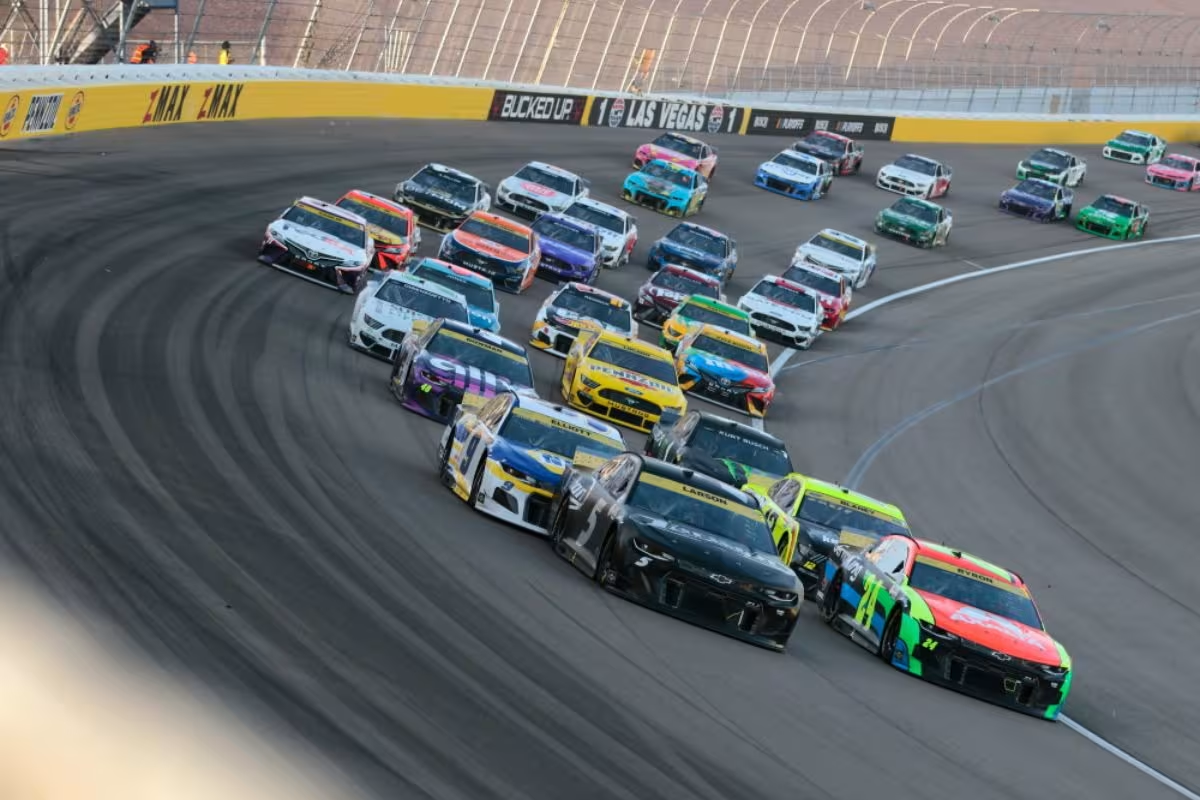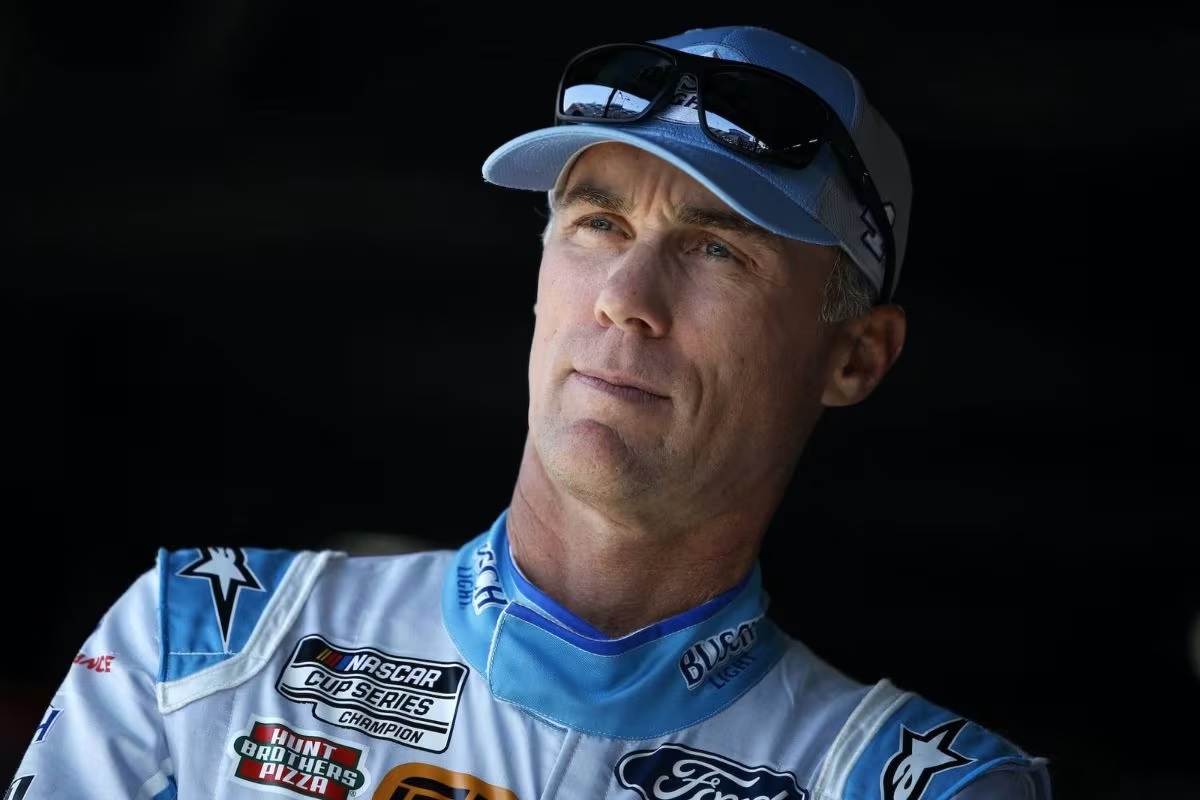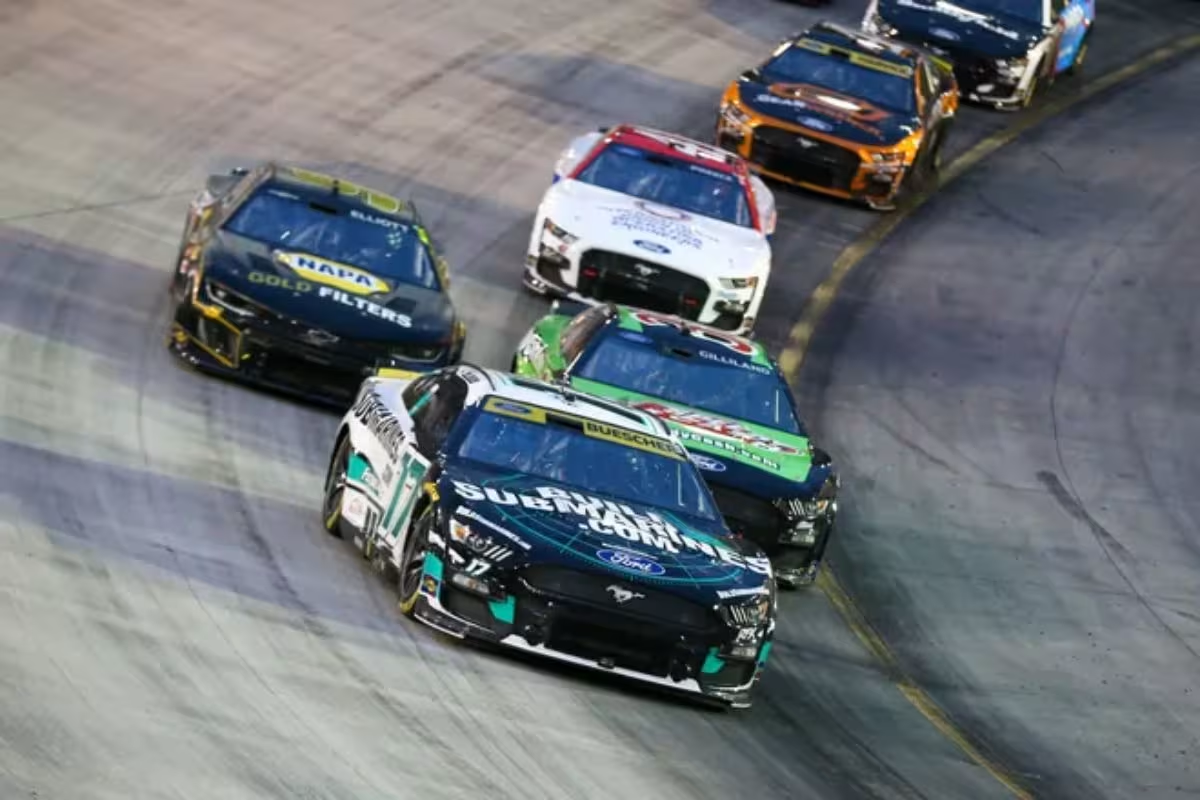Kevin Harvick rages against NASCAR’s insanity as he speaks out about the growing disadvantages for pole sitters in races. Traditionally, starting in pole position gave drivers a big advantage, but that’s changing. New tire strategies and inconsistent pit stop rules have made it harder for pole sitters to maintain their lead. Kevin Harvick believes the current rules are unfair, especially with the confusing timing lines that mess up performance expectations. Kevin Harvick’s pushing for standardized distances to level the playing field and boost competition.
Key Highlights
- Kevin Harvick criticizes NASCAR for creating disadvantages for pole sitters due to inconsistent rules and race conditions.
- He highlights that tire strategies and track dynamics have diminished the pole sitter’s historical advantage.
- Harvick calls for a reevaluation of NASCAR regulations to ensure fair competition for pole sitters.
- The timing line placements on pit road complicate the pole sitter’s ability to leverage their qualifying success.
- Harvick emphasizes the need for standardization in pit stall distances to restore the pole position’s competitive edge.
The Pole Sitter’s Disadvantage in NASCAR
Starting from the front of the pack, pole sitters historically held a calculated advantage in NASCAR; however, recent trends have undermined this position. The expectation that the driver who earns the pole position should dominate the race has become increasingly questionable.
In the past, pole sitters benefited from clear air and an unobstructed path, allowing them to set the pace early on. Yet, as tire wear and fuel management have become dominant, the necessity for pit stops complicates this advantage. Drivers frequently find themselves forced to adopt unconventional strategies, often opting to forgo pit stops to maintain track position.
As Kevin Harvick and others have noted, it is imperative for NASCAR to assess these dynamics and consider adjustments within the rules to restore a more equitable balance for pole sitters.
Kevin Harvick Explains the Issue
Kevin Harvick states the complexities surrounding the diminishing advantage of pole sitters in NASCAR, highlighting how the current rules and structures inadvertently undermine their position.
Despite the rigorous effort to secure the pole, drivers are increasingly finding that their starting advantage is negated by the existing pit road protocols. This situation raises critical concerns about the fairness and competitiveness of the sport.
The issue primarily stems from the implementation of timing lines on pit road, which greatly alters the dynamics of pit stops. Harvick points out several key factors that contribute to the erosion of the pole sitter’s advantage.
“The flaw in the NASCAR system is that the speed line from the end of the first occupied box should be the same distance at every track. This would ensure that the car with the pole qualifying position, which picks the first pit stall, truly has an advantage.”-(kevin harvick)
Each racetrack features timing lines at different distances from the initial pit stall, which can disrupt the anticipated speed advantage. Without a fixed speed limit, drivers can manipulate their speed before and after their pit stops, allowing them to optimize performance based on their specific stall’s position.
The pole sitter, often occupying the primary pit stall, faces a unique disadvantage due to the tactical implications of timing line placement. The adaptation of these rules leads to a homogenization of performance, whereby the supposed advantages of qualifying well are rendered moot.
“Currently, at tracks like Charlotte, cars barely have to get out of their stall to pass the first timing line, whereas at other tracks, like Las Vegas, the first pit stall doesn’t offer much benefit. Without a standardized distance from the first occupied stall to the timing line, teams might not choose the first pit stall at tracks with green flag pit stops because they can’t gain an advantage by reaching full speed in time.”-(kevin harvick)
Harvick’s insights illuminate the pressing need for a reassessment of NASCAR’s rules to preserve the integrity and competitiveness of the sport.
Harvick’s Recommendations for Improvement
How can NASCAR guarantee that pole sitters regain their competitive edge? Kevin Harvick identifies a critical flaw in the current system: the inconsistent distance from the initial occupied pit stall to the timing line across tracks.
At venues like Charlotte, the proximity of the pit stall to the timing line allows for minimal navigation, while at tracks like Las Vegas, the distance negates the benefit of choosing the initial stall.
“Standardizing the length of the distance from the first occupied box to the timing line at every racetrack would make the system fairer and ensure that the pole position gains a consistent advantage week after week.” -(kevin harvick)
This would not only improve the tactical element of pit selection but also guarantee that pole sitters can confidently utilize their position to maintain a competitive advantage throughout the race.
Moreover, standardization would eliminate the confusion and reevaluation teams currently face when evaluating pit stall options.
Harvick’s Take on Championship Race Tracks
In the domain of championship racing, the selection of tracks plays a vital role in shaping the competitive landscape. Kevin Harvick has expressed a strong inclination toward the Homestead-Miami Speedway as a prime candidate for championship events.
He believes that the unique characteristics of this 1.5-mile track provide an unmatched racing experience, particularly with its higher banking towards the wall, which promotes side-by-side competition and varied racing lines.
“I hope at some point we start a cycle in these Championship races from Phoenix to Homestead even if it’s just those two racetracks. I really hope that we get back to that because Homestead is just such a unique place. You have to run up against the wall.”-(kevin harvick)
The track allows for multiple racing grooves, enabling drivers to plan their lines based on evolving conditions and competition. The banking encourages aggressive driving, demanding skill and precision from competitors, thereby enhancing the spectacle of the race. Homestead-Miami once served as the championship venue, creating a nostalgic connection for both drivers and fans similarly.
The diverse racing dynamics open avenues for tactical pit stops and tire management, adding layers of complexity to race day decisions.
The Unique Challenges of Homestead Miami
Homestead-Miami Speedway presents a myriad of unique challenges that test the limits of driver skill and strategy in a comparable manner. Known for its variable weather conditions and a surface that can change drastically throughout the race, the track demands adaptability and precision. Each of the 267 laps is like a chess match, where drivers must consistently assess tire wear.
The layout of Homestead-Miami is deceptively simple at an initial glance, but its characteristics can lead to unforeseen complications. The multi-groove design allows for diverse racing strategies, yet this also means that drivers must remain vigilant for unexpected moves from rivals.
This unpredictability is part of what makes the final race of the season so compelling. The nature of Homestead-Miami often results in dramatic moments, where a single misstep can lead to considerable repercussions in the championship standings.
News in Brief: Kevin Harvick Rages Against NASCAR’s Insanity
The challenges faced by pole sitters in NASCAR highlight substantial inconsistencies within the racing framework. Kevin Harvick’s critique emphasizes the need for a reevaluation of race protocols to guarantee equitable competition. By addressing the inherent disadvantages linked to starting positions, NASCAR can bolster the integrity of the sport.
Implementing Harvick’s recommendations could build a more balanced and competitive environment, ultimately benefiting both drivers and fans while preserving the excitement of championship races.
ALSO READ: Kevin Harvick Predicts Straight Talk Wireless 400 Winner While Ignoring Strong Rivals



